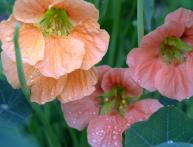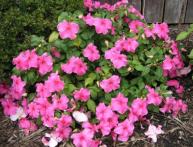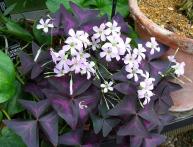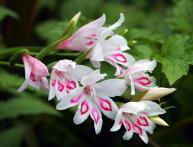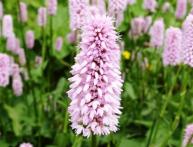Mignonette flower
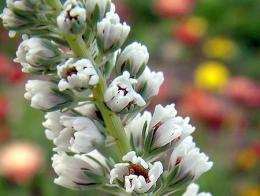
Just a few years ago mignonette flower was a decoration of almost every city flower bed and front garden. This unpretentious and modest plant has an extremely high aesthetic value: phytodesigners classify mignonette as an “architectural” plant and highly value it for its geometrically precise and regular shape of large fan leaves. However, despite the obviousness and indisputability of the decorative qualities of mignonette, Recently she has become undeservedly forgotten, and now this flower can be seen very, very rarely.
The mignonette flower was named for its healing properties: the word “resedare” can be translated as “to soothe”, “to heal”. In the old days, this plant was widely used in folk medicine. as a powerful pain reliever. Mignonette is also revered by beekeepers, since this plant is an excellent honey plant. And, of course, we cannot fail to mention the use of mignonette in perfumery: its delicate aroma is present in many women's perfumes, giving them a special lightness and weightlessness.
This flower has a huge number of varieties. The most popular and widespread breeding varieties of mignonette are Rubin, which differs copper-pinkish tint of dense inflorescences, Goliath, which attracts attention with bright red flowers, which are collected in large pyramidal inflorescences, and Mache, which has modest reddish-white flowers. From a floristic point of view, a variety of mignonette such as Victoria, the fragrant flowers of which are collected in fairly large inflorescences and are painted in an intense dark brown hue.

